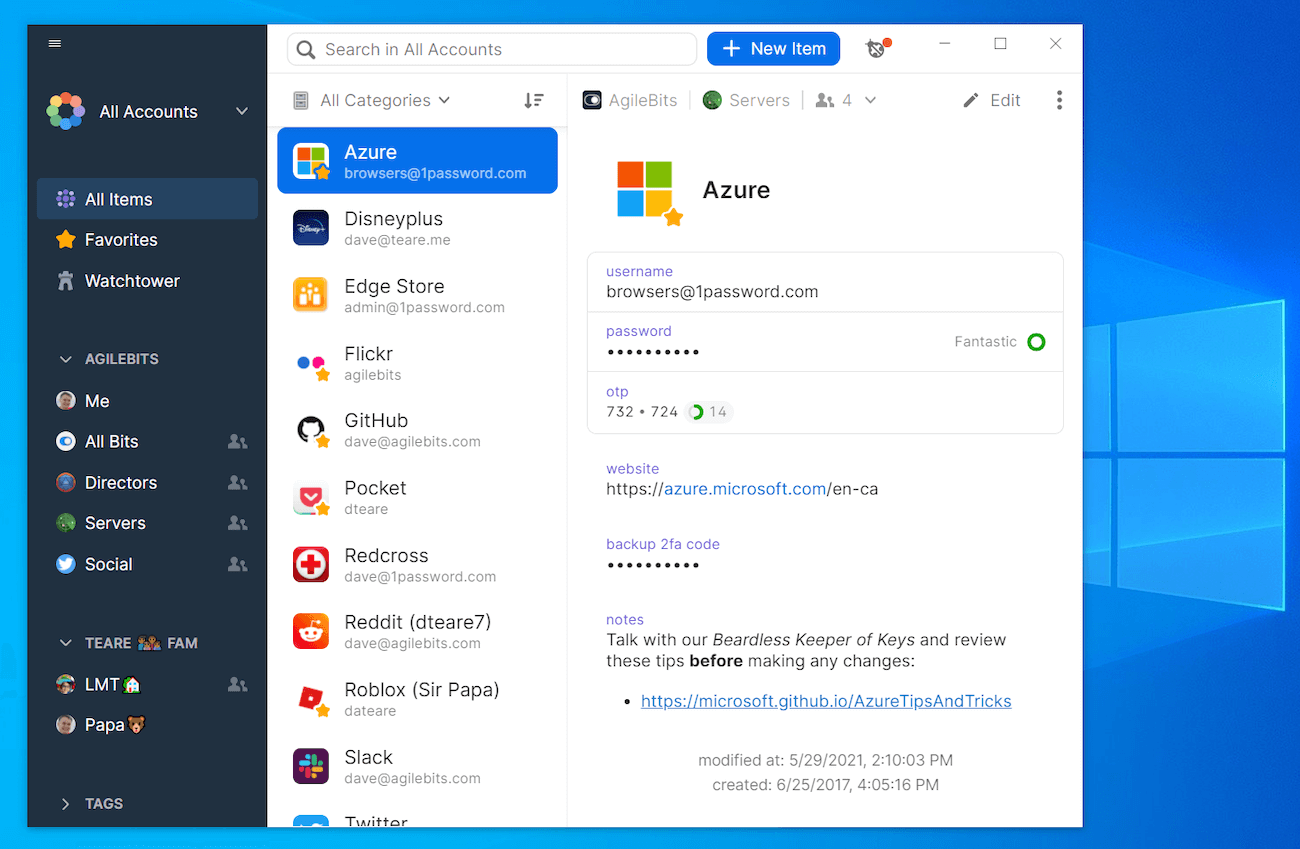
If you put them in a separate section, you may need to change the sections clause to match it. The above script assumes that they are in the first section. Make sure that Name Of Item matches the name you entered for the 1Password item, and that aws_access_key_id and aws_secret_access_key match the custom field names you used to store your Access Key Id and Secret Access Key. Next, add an entry that looks like this in your local ~/.aws/config file: Ĭredential_process = sh -c "op get item 'Name Of Item' | jq '. | map('" If you want to, remove the old credentials from ~/.aws/credentials.
1password cli tool how to#
Follow the 1Password instructions on how to perform the first sign-in using the op signin command, and how to sign in more easily after that (omitting the secret key).In this example, the fields are named aws_access_key_id and aws_secret_access_key. Use two custom fields to store the Access Key Id and Secret Access Key. Create a 1Password item to hold your AWS credentials.Then, move your credentials from the local AWS credentials file to 1Password. Install the jq tool, for instance using brew install jq on macOS.

Install the AWS CLI if you haven't already.

Installationįirst, install all the required software. This feature can be combined with 1Password's command line tool, which allows you to query 1Password items using the op shell command.īy moving the AWS credentials to 1Password, you will be able to delete your ~/.aws/credentials file, which is otherwise an attractive target for malware and other hacking attempts (but check the caveats section below before you do that). If you are an avid Amazon AWS user, you may have noticed that the AWS CLI command line tools nowadays support sourcing credentials from external processes.


 0 kommentar(er)
0 kommentar(er)
